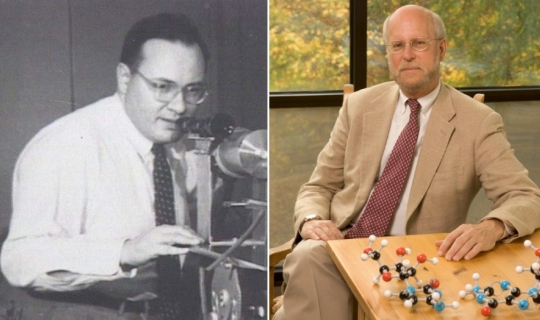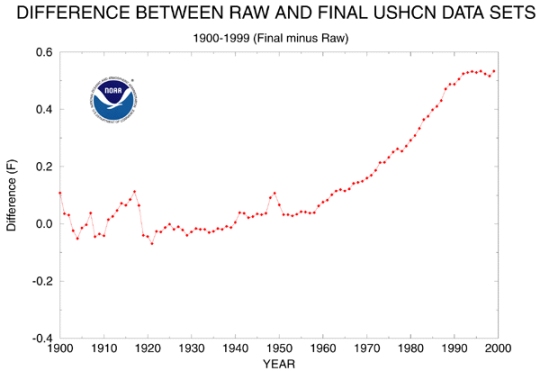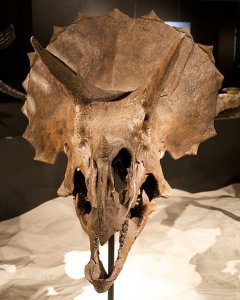
Once again, there has been a long pause in blog entries because I am working hard to finish my new high school chemistry course so it will be ready for those who want to use it during the upcoming academic year. I just finished the rough draft of the course, and my reviewers are running ahead of schedule. Thus, it looks like the course will be ready on time. I truly hope it meets the needs of homeschoolers who want a college-preparatory, scientifically-sound, and homeschool-friendly general chemistry course.
Even if you aren’t in need of a high school chemistry course, you might be interested in the way that I start and end my text, because it involves the views of two people who know more about science than I ever will know. I start with Dr. Arthur Leonard Schawlow, who shared the 1981 Nobel Prize in Physics with Nicolaas Bloembergen and Kai Siegbahn for his work on laser spectroscopy. In addition to that high honor, Dr. Schawlow was awarded the National Medal of Science, the Stuart Ballantine Medal, the Young Medal and Prize, and the Frederic Ives Medal. As a fitting tribute to him, the American Physical Society established the Arthur L. Schawlow Prize in Laser Science.
As part of a project developed by Dr. Henry Margenuau and Roy Abraham Varghese, Dr. Schawlow was asked, “What do you think should be the relationship between religion and science?” Here is his part of his reply:1
But the context of religion is a great background for doing science. In the words of Psalm 19, “The heavens declare the glory of God and the firmament showeth his handiwork.” Thus scientific research is a worshipful act, in that it reveals more of the wonders of God’s creation.
I strongly agree with Dr. Schawlow. Using science to study God’s creation is what led me to believe in Him, and every time I learn something new about His creation, I am filled with awe and wonder.
I use Dr. Schawlow’s quote in the introduction to my chemistry book to let students know that science is more than just an academic exercise. It is a way to come to a deeper appreciation of God’s majesty and power.









